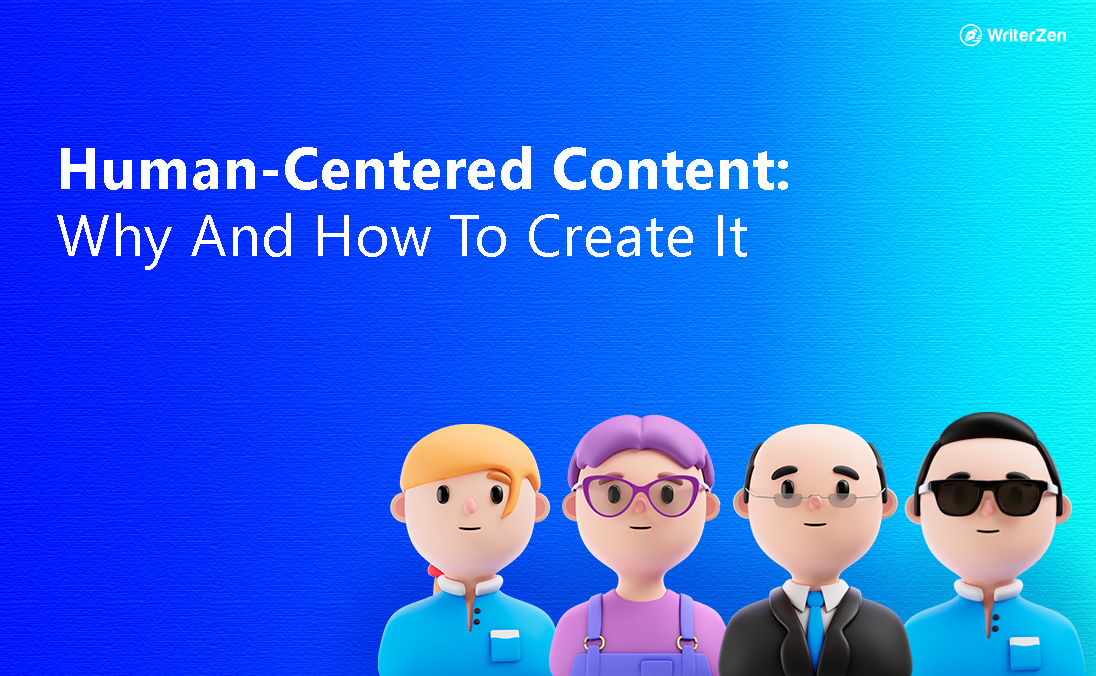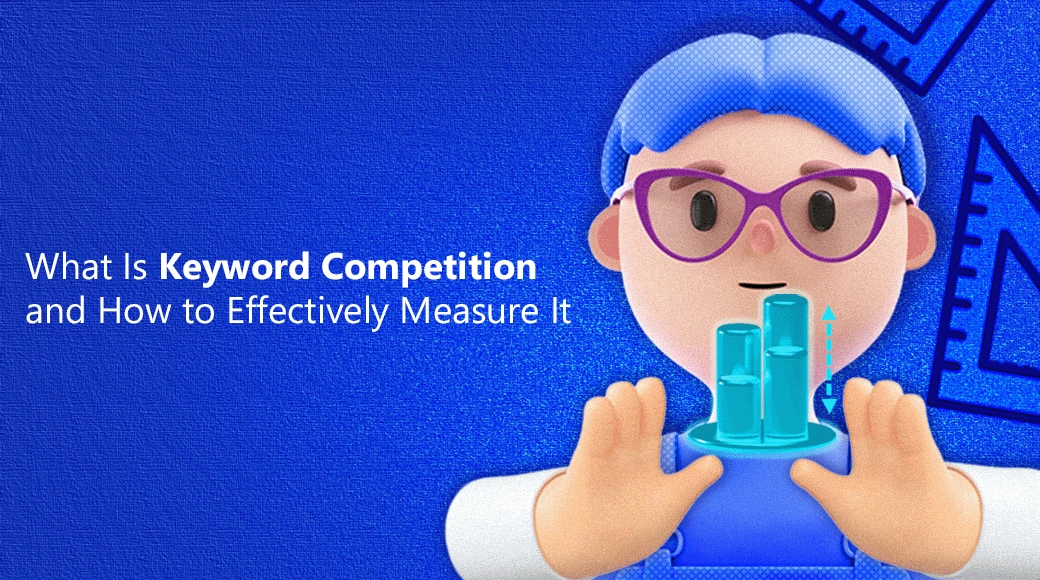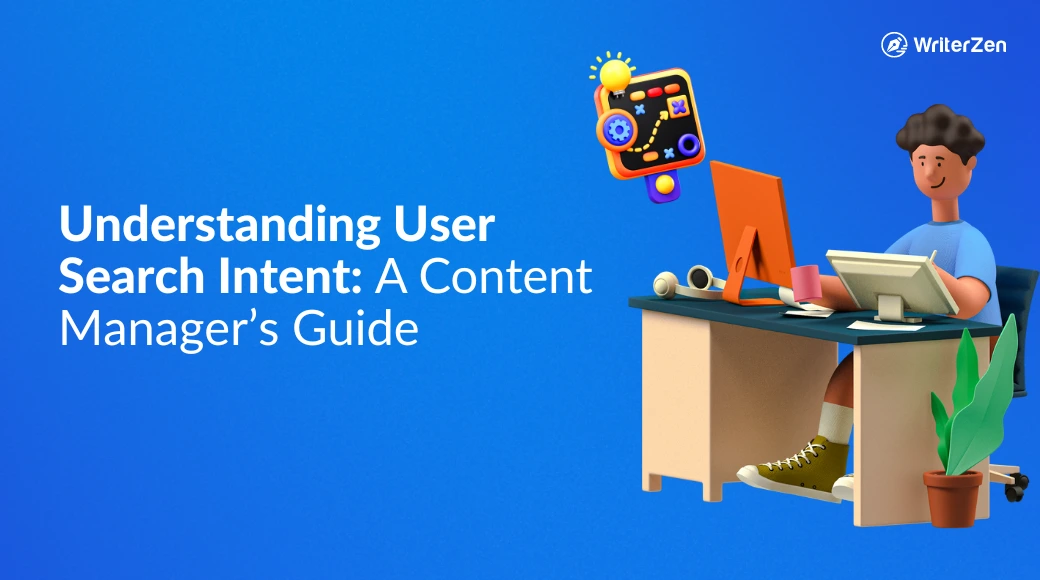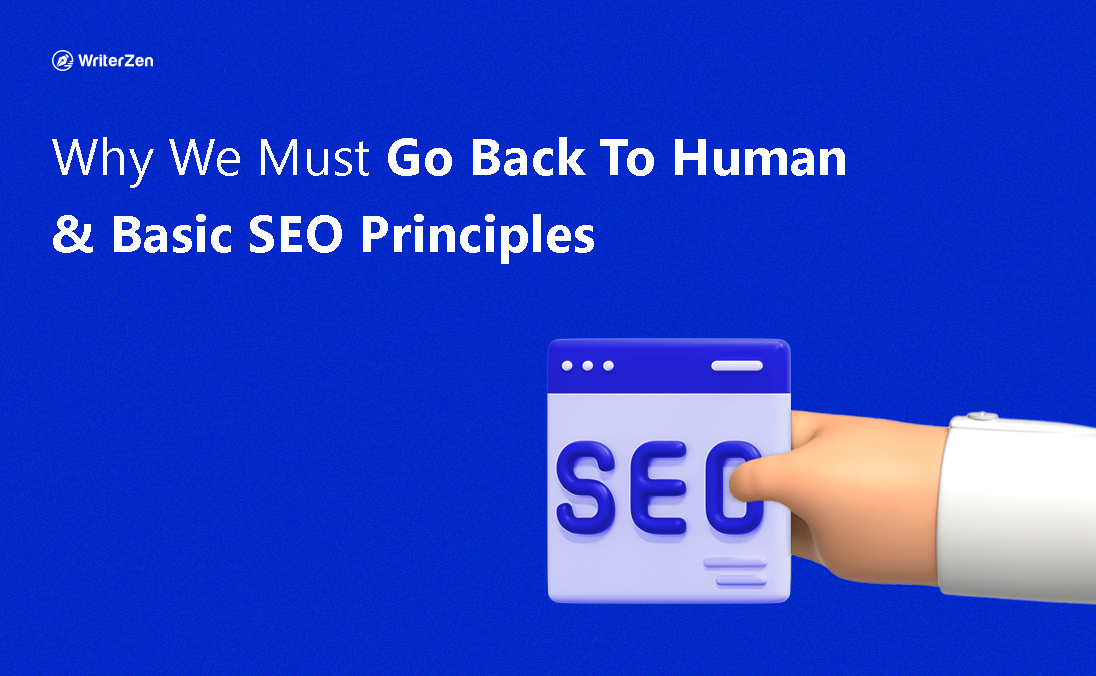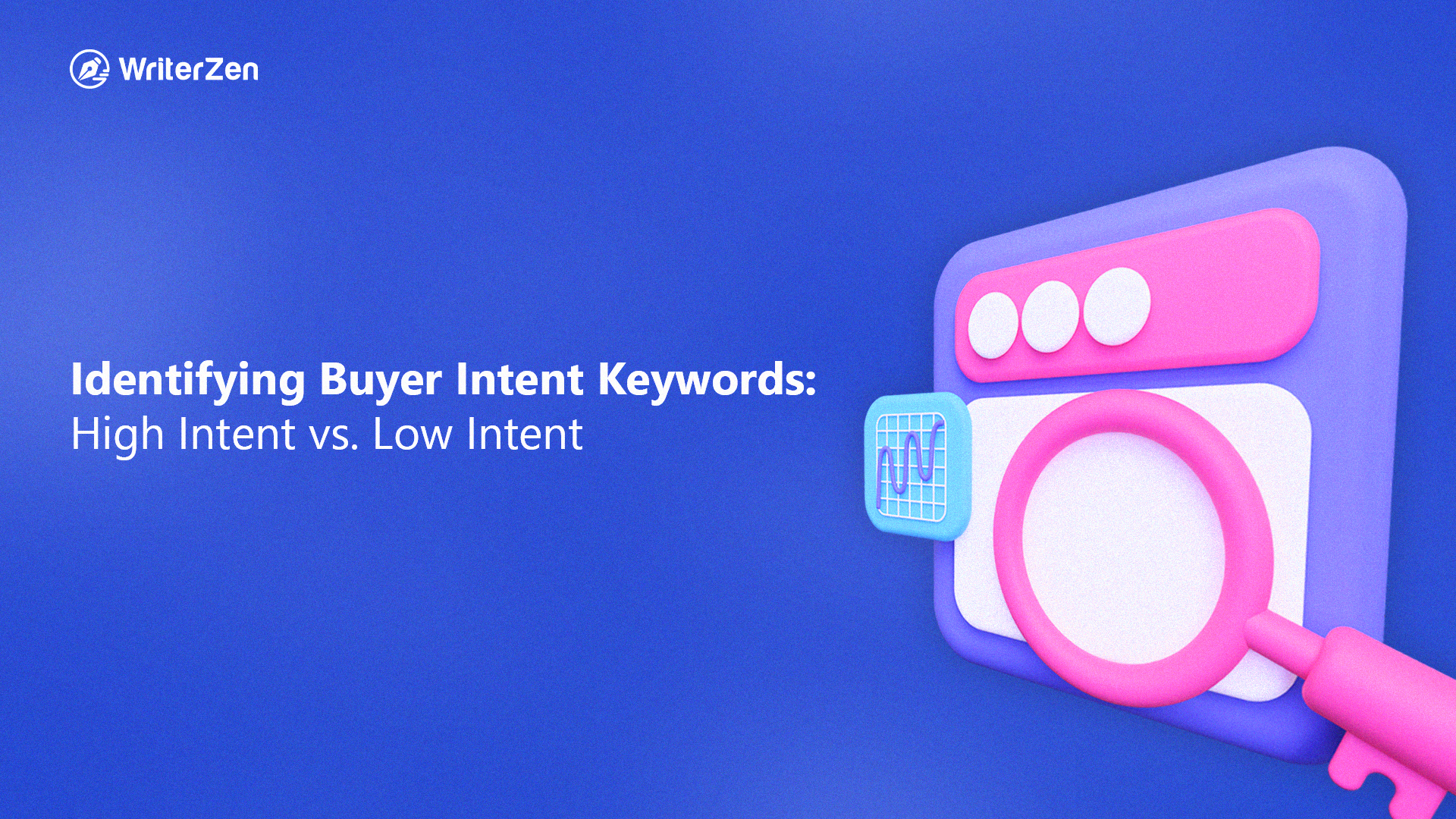The first half of the “On Human-Machine Symbiosis” paper by Mike Cooley, reads:
“Human centredness asserts firstly, that we must always put people before machines, however complex or elegant that machine might be.”
Simply put, satisfying humans first should be a priority regardless of technological advancements.
Various industries that enable AI or machine processes echo this sentiment (ever heard of Human-Centered Design?). In the content marketing world, we call it “Human-Centered Content.”
More on this in a few.
There seems to be an epidemic of SEO. And this is a problem as it is to the detriment of marketing assets. You see, many contents in circulation were not created with humans in mind, but to satisfy the algorithm. Their unreadable nature owing to keyword stuffing, robotic language, and copycat antics proves this.
It’s time for content marketers to go back to human.
As Mike Cooley observed, this involves putting the needs of humans first when crafting content. By enlisting the help of a tool like WriterZen to take care of the SEO aspect, marketers are doing that:
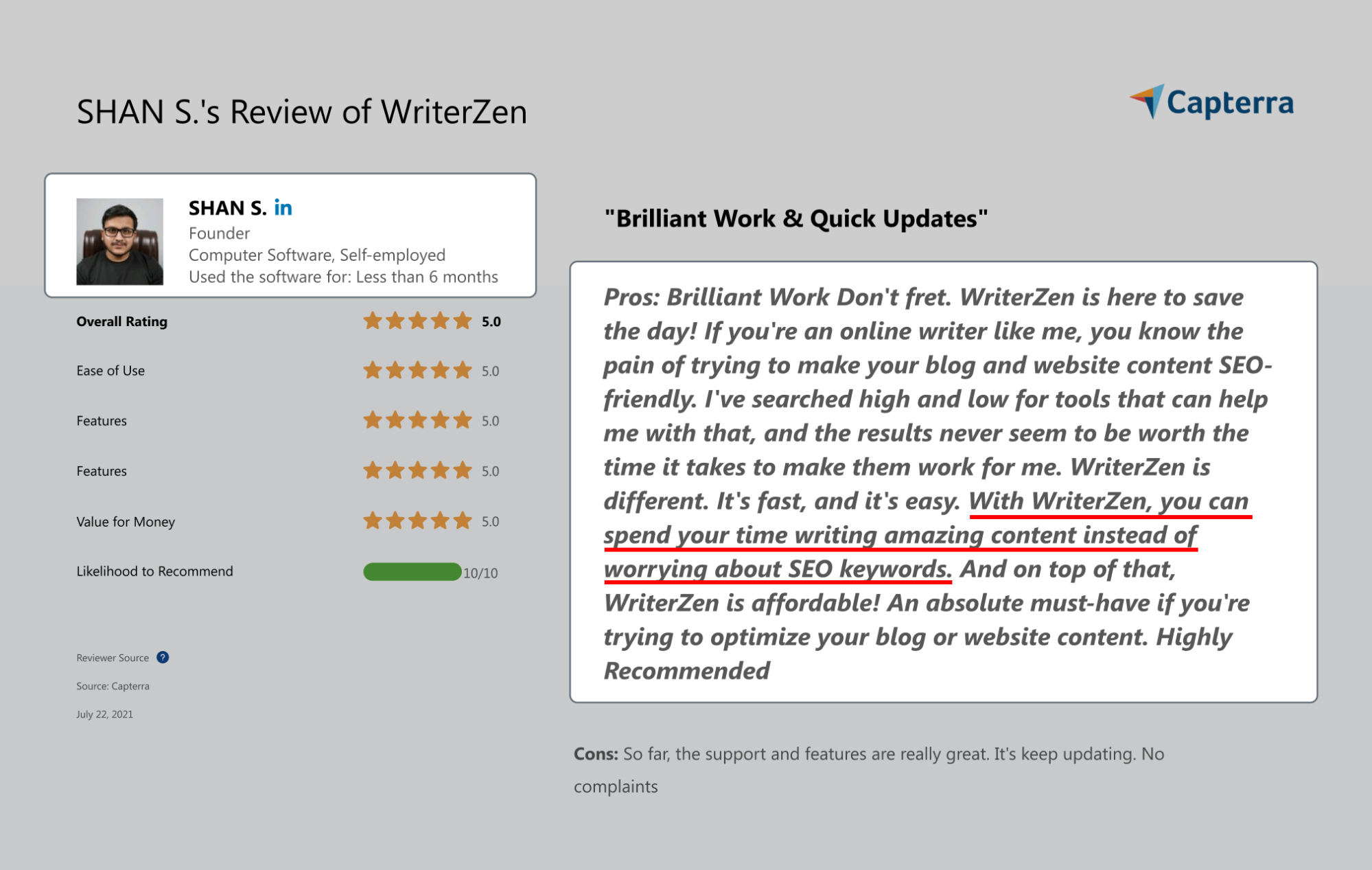
You’ll learn how to create Human-Centered Content to engage people in this piece. But first,
Why is Human-Centered Content Important?
In simple terms, Human-Centered content is one that meets real human needs.
It tells a story and makes the reader the hero of that story. It’s in tune with the reader’s pain points and strives to resolve them. The result of this type of content is:
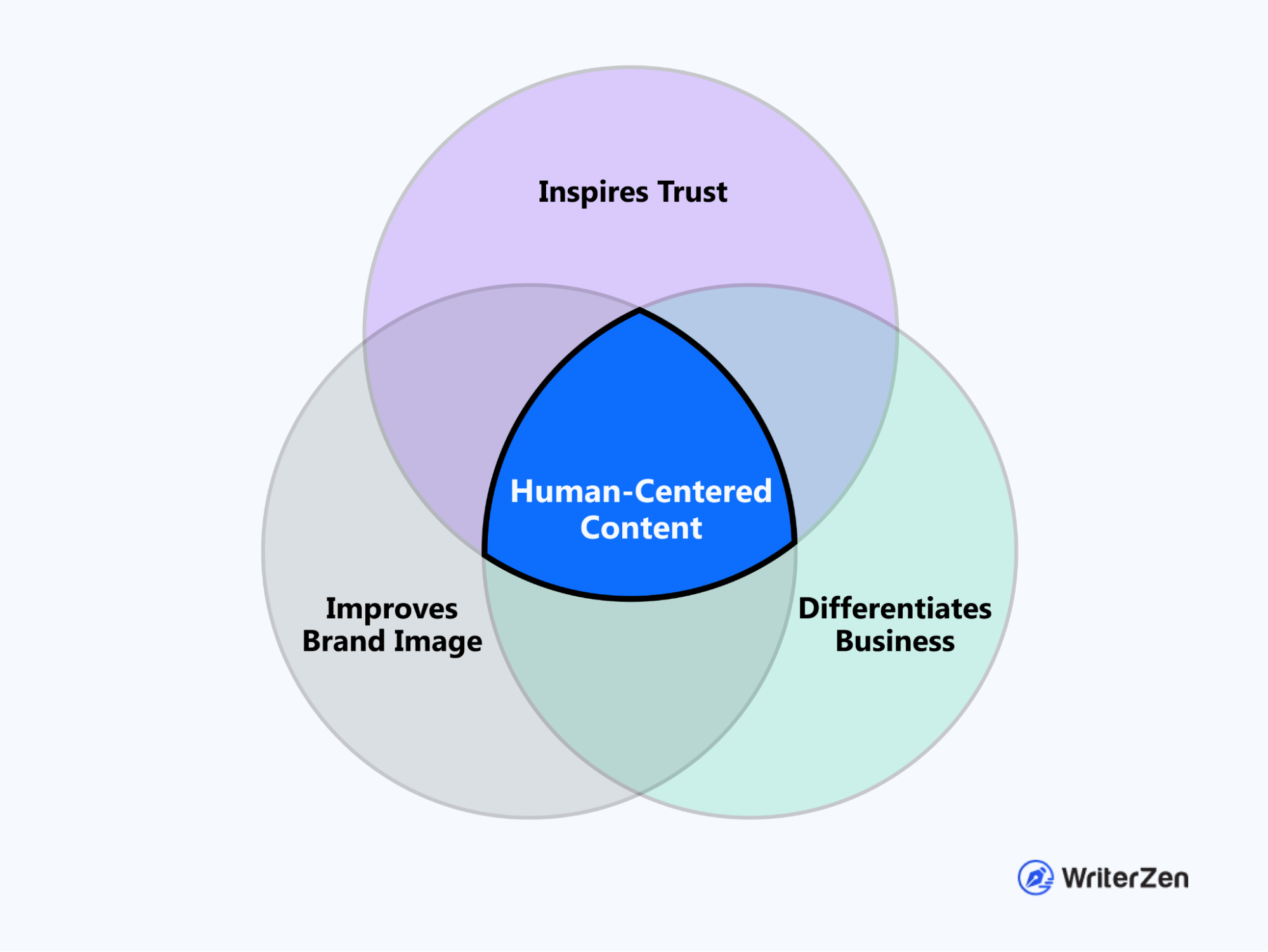
Building trust with your audience.
People don’t like to be conned. They don’t want to leave an article feeling like they’ve wasted their time. But that’s the impression algorithm-first content leaves. Human-first content, on the other hand, elicits the opposite reaction. It provokes an emotional response and has the reader trusting your brand simply because you didn’t deceive them.
Making your brand more approachable.
Human content is personable. It is friendly, empathetic, and open. It doesn’t hide behind some faceless capitalist entity. As a result, your audience feels more comfortable approaching and engaging with your content. This improves the overall image of your brand.
Helping you stand out in a sea of content.
Let’s face it. There’s so much content online and we’re in the content shock era. The only way to rise above the noise is by creating high quality Human-Centered pieces. These blog posts are the outlier as everyone is creating copycat content.
Those are the major benefits of putting humans first.
Now, let’s see the ‘how'.
How to Write for Humans
Some notable examples of Human-Centered pieces include Information gain, Thought leadership content, and Content distribution. These blog posts are termed so because they were written with the target audience in mind. They empathized, answered their questions, and offered practical solutions.
Want to learn how to craft such pieces?
We’ve outlined 6 things you should do below.
Know Your Audience
The first step in creating custom content is understanding your audience. Ronald Dod, Chief Marketing Officer of Visiture (acquired by Wpromote) agrees:
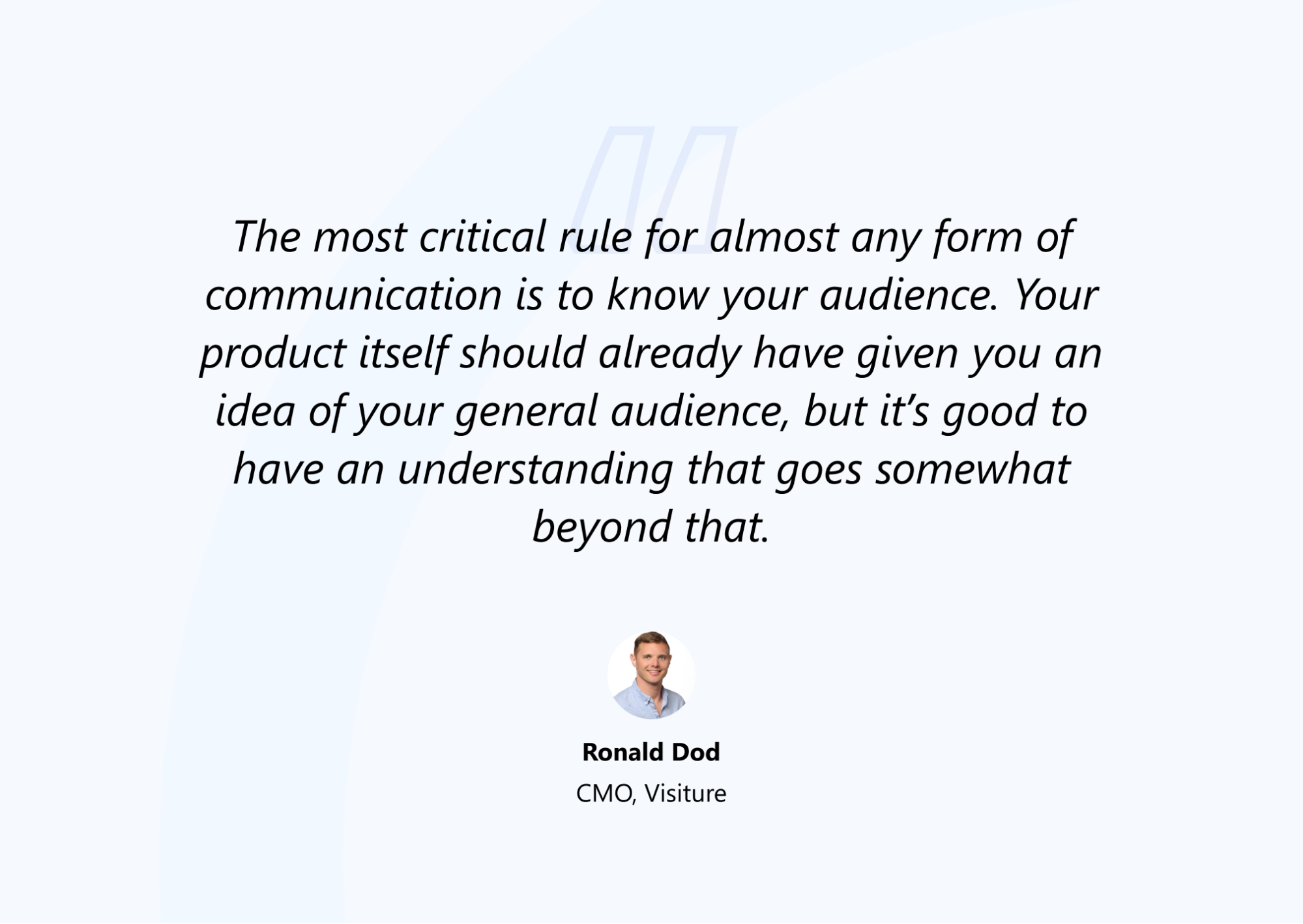
This is important because you can't create contextually relevant content if you don’t know who you’re writing for.
Knowing your audience means finding answers to questions like:
-
What keeps them up at night?
-
What problems are they trying to solve that you can help with?
-
Why do they need to solve the said problem?
To make it easier, create detailed audience/ buyer personas that include information about the customer’s pain points, beliefs, triggers, etc. Amanda Natividad’s multiple personas strategy is a good one to mimic. The amplifier and attention persona work well for content marketing.
The image below gives a rundown of both personas:
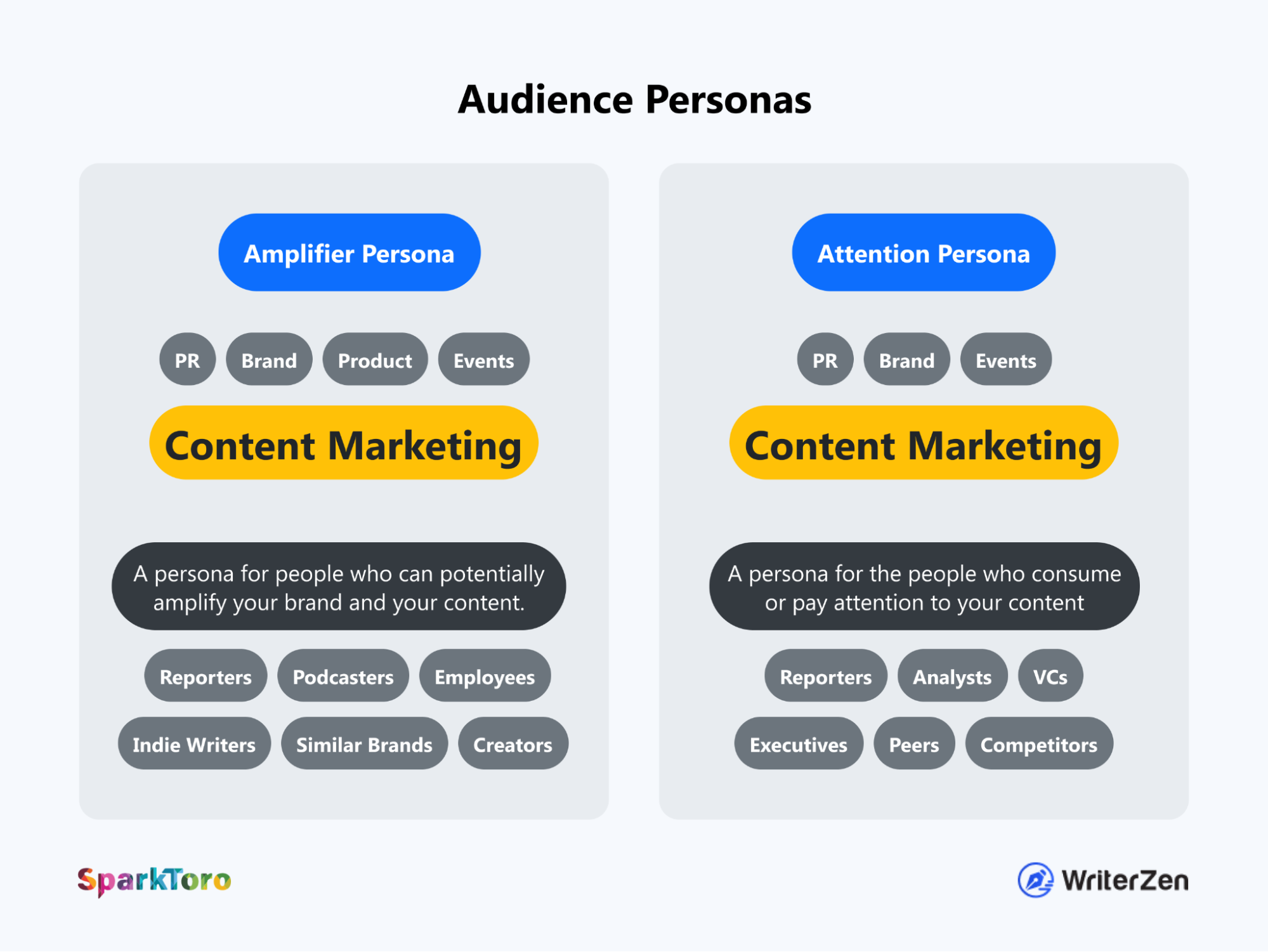
You can also find what questions your target audience is asking by using WriterZen’s Keyword Explorer function. This tool categorizes the questions associated with a keyword into groups of What, Why, How, Is, Are, Can, Where, Does, Do, etc.
See for yourself:
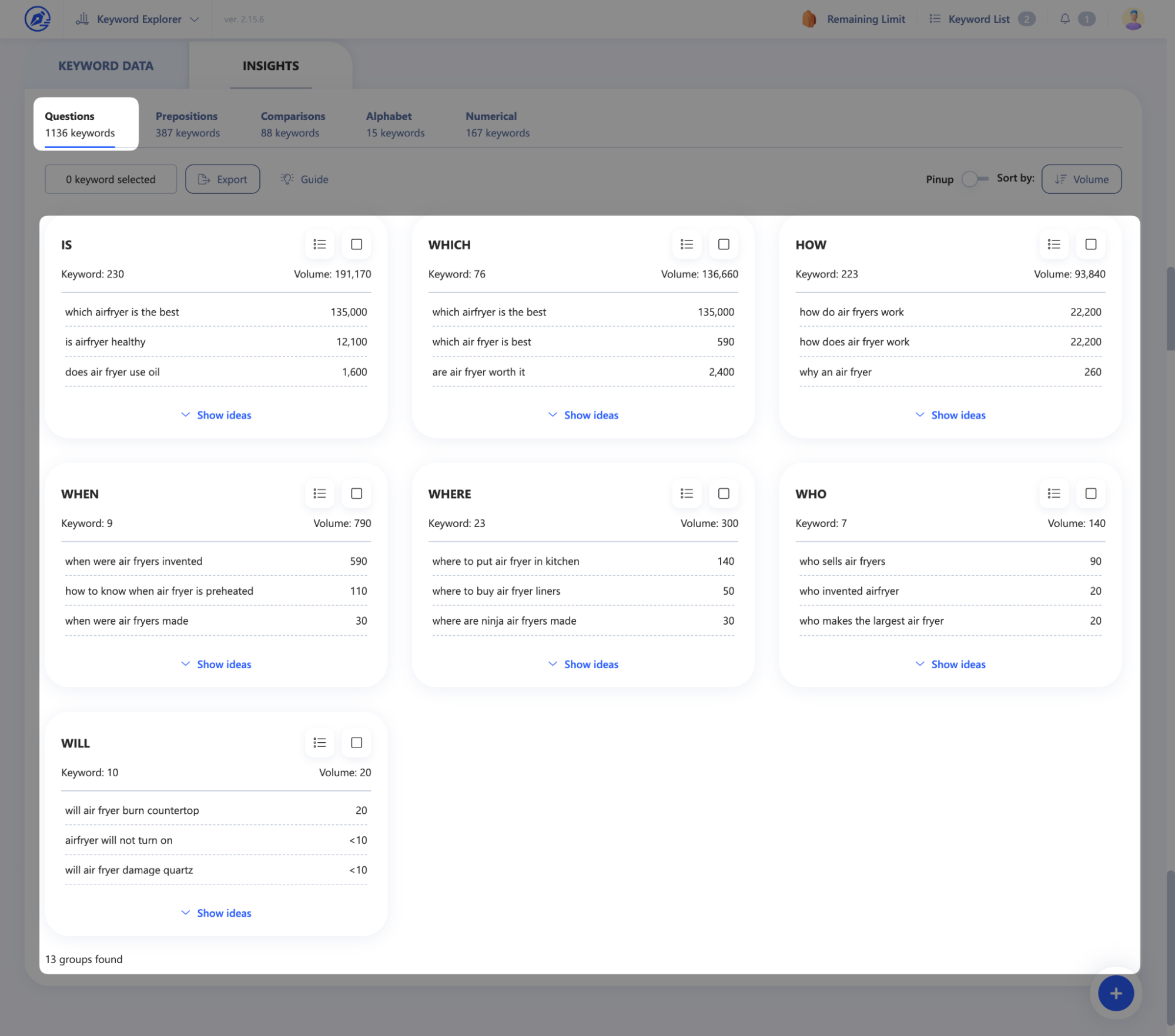
The screenshot above shows the 13 groups and questions for the keyword ‘air fryer.’ Knowledge of these questions guides you in creating content that offers practical and actionable solutions.
Have a Unique POV
Many blog content follow this introduction pattern:
“Are you struggling with losing weight? Have you been exercising daily and dieting but no visible results? Don’t worry. In this post, I’ll teach you how to drop those pounds without spending all day in the gym or starving yourself".
Such introductions have become cliché and predictable. It doesn’t hook the reader. And usually, pieces with these types of starters are remixes of each other.
That’s a violation of the Human-Centered content principle.
Instead of going that route, bring a different perspective to the conversation and tell catchy stories. Aim to stand out, not blend in.
Less Technical Jargon
Another tip to make your content human-focused is to use less jargon and buzzwords. All it does is confuse the reader. As much as possible, use simple, easy-to-understand language.
In the words of Ali Mese, Expert Writer at Growth Supply,
“Write to express, not impress”
We’re not saying to avoid insider acronyms altogether, but don’t overuse them to impress the reader. Easy-to-understand language does just fine, except you’re writing legal or scholarly articles.
Use a Conversational Tone
Conversational writing is relaxed, has personality, and helps the reader feel more connected to you/your brand. This is the opposite of robotic or rigid writing.
You can inject a conversational tone by using first or second-person language (I/You), contractions (won’t, you’re), bucket brigades, active voice, and breaking some grammar rules (like starting a sentence with ‘And’ 😉).
Remember, your target audience wants to feel the presence of a human behind the content. Conversational writing helps with that.
Here’s an example of conversational vs not conversational text:
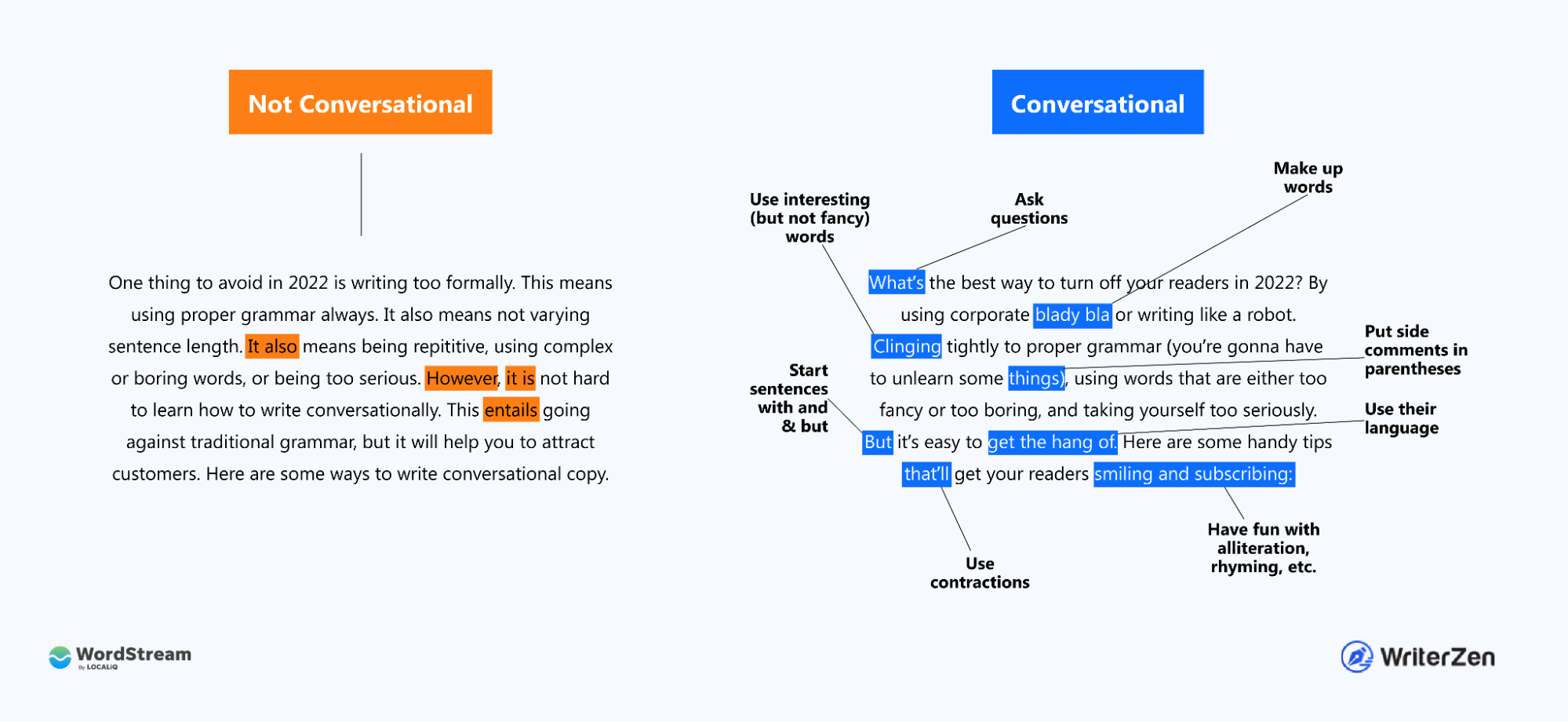
Empathize With The Reader
One of the biggest differences between a human-first & algorithm-first piece is empathy (or lack of it).
The former seeks to reassure the reader they understand their plight and offers solutions. The latter is more concerned with including keywords in every other sentence. This act is far from empathetic and causes friction in the reading experience.
Empathetic marketing, as Josh Ritchie CEO/Co-Founder of Column Five wrote, “considers your audience before your messaging.”
Put your audience before your product or the algorithm. Relate with them, and focus on solving their problems.
Write First, Optimize After
One final tip is to write without any thoughts of SEO at first.
When creating your first draft, forget about details like content length, keyword density, synonyms, etc. Focus on content creation for humans; search engines will follow.
And as mentioned earlier, WriterZen can take care of the content optimization aspect for you. It’s why our users have dubbed us the “winner in SEO and content optimization:”
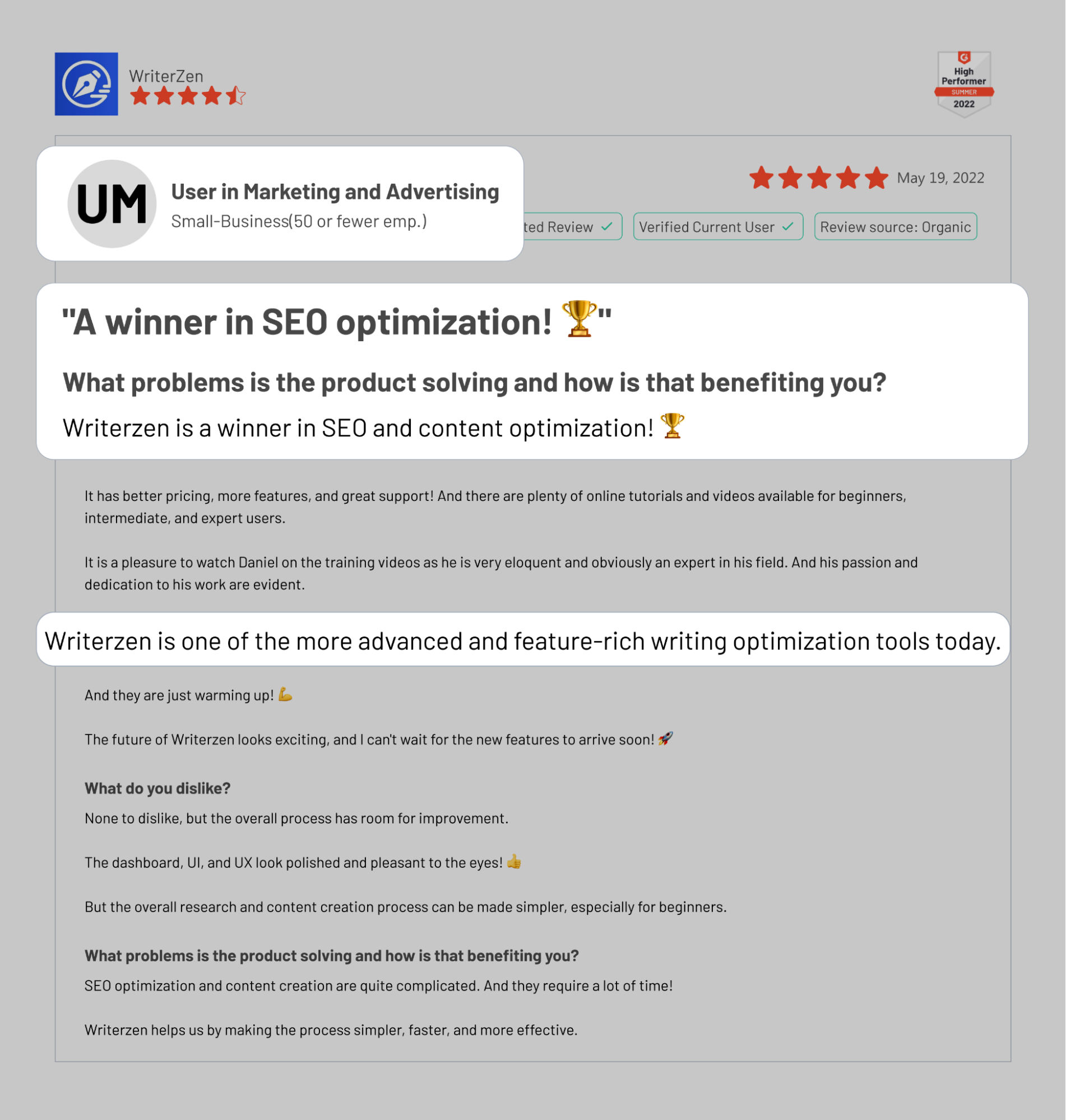
How does the Keyword Optimization option work?
How to Optimize Your Content in WriterZen
The first thing to do is to switch to the Content Creator tool. Once there, complete the necessary setup like creating your project, inputting your keyword, building your outline, etc.
Pro-tip, you can use our Keyword Explorer tool to figure out the best primary keyword for you to target.
Next, select the keywords you’ll like to include:
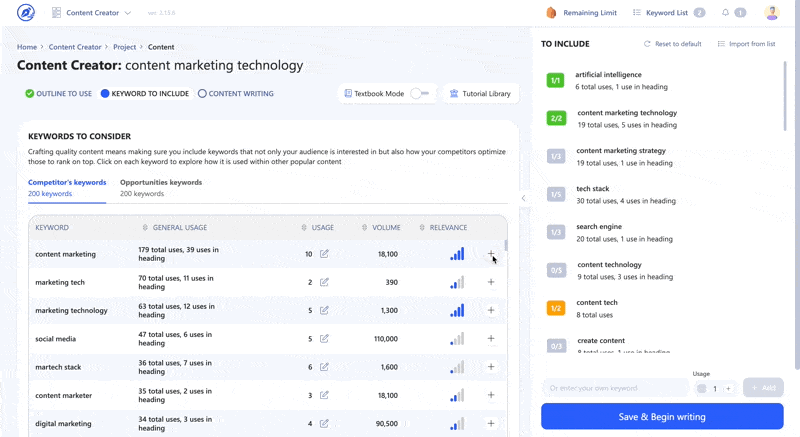
Then it’s time to optimize.
WriterZen offers an end-to-end content creation solution where you can research, write, and optimize. This makes it easier and faster to produce content as opposed to using different tools for each process.
Alternatively, you can import or copy and paste your already written blog post from an outside source for optimization:
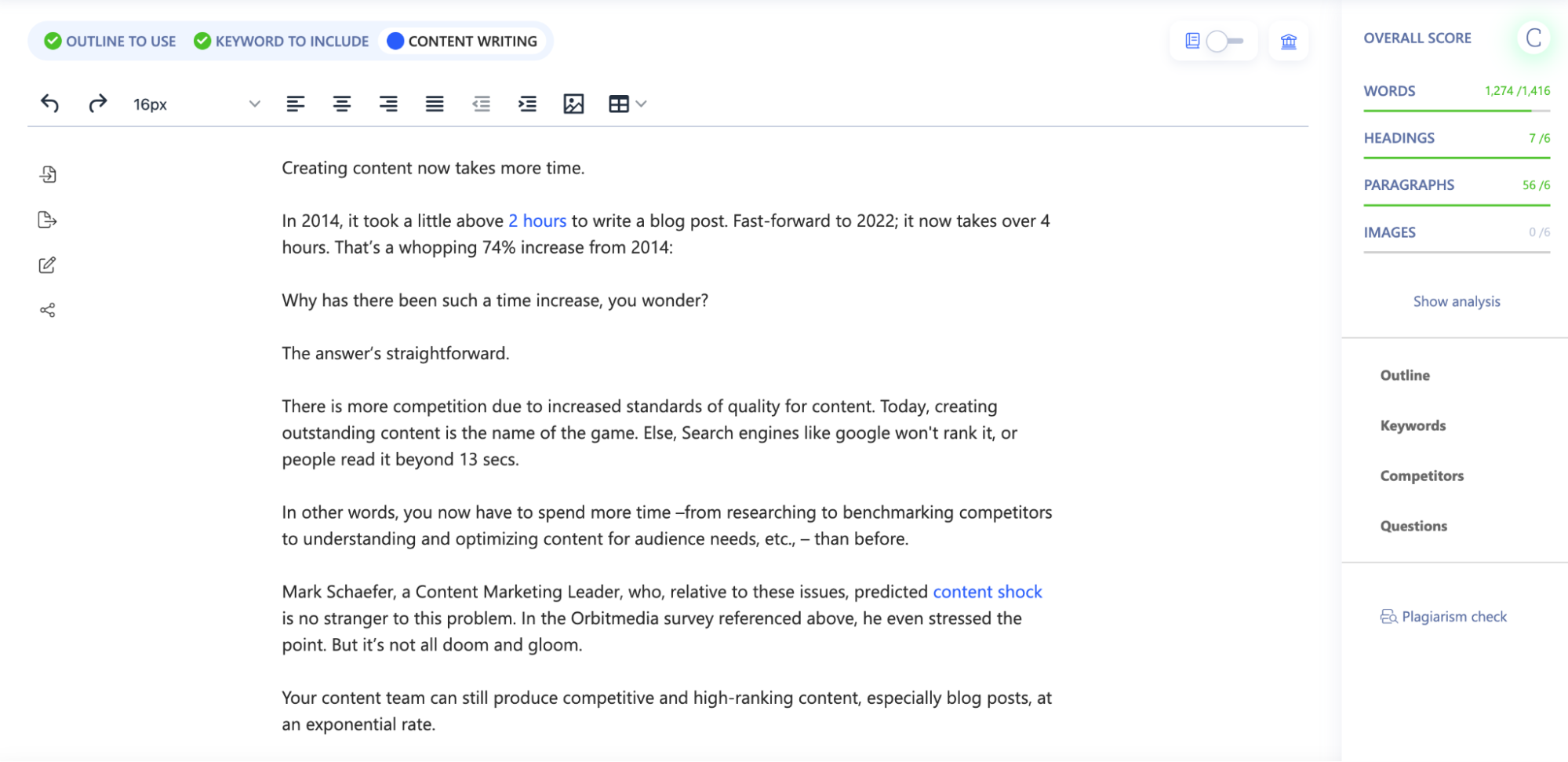
On the right, you’ll see your overall optimization score.
Click on ‘Analysis’ and ‘Keywords’ to find suggestions to improve your score:
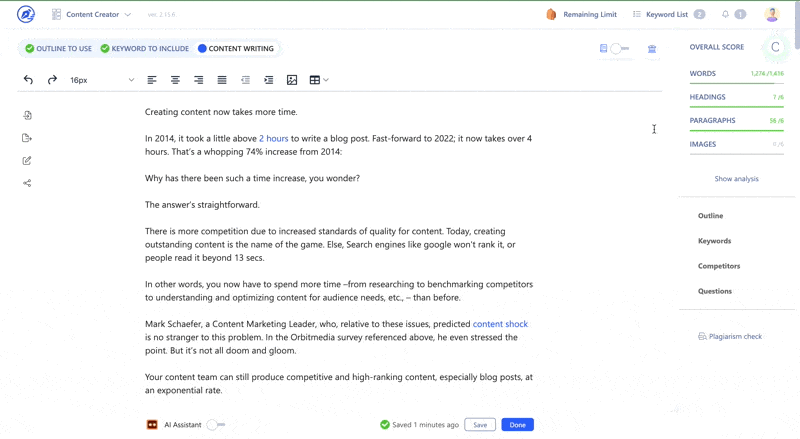
You’ll see whether you’ve hit the recommended length, completed the keywords, have enough images and a compelling title, etc. All these contribute to SEO.
Following most of the tool’s suggestions will improve your score, and not strip your piece of its human element. WriterZen helps content folks avoid keyword stuffing:
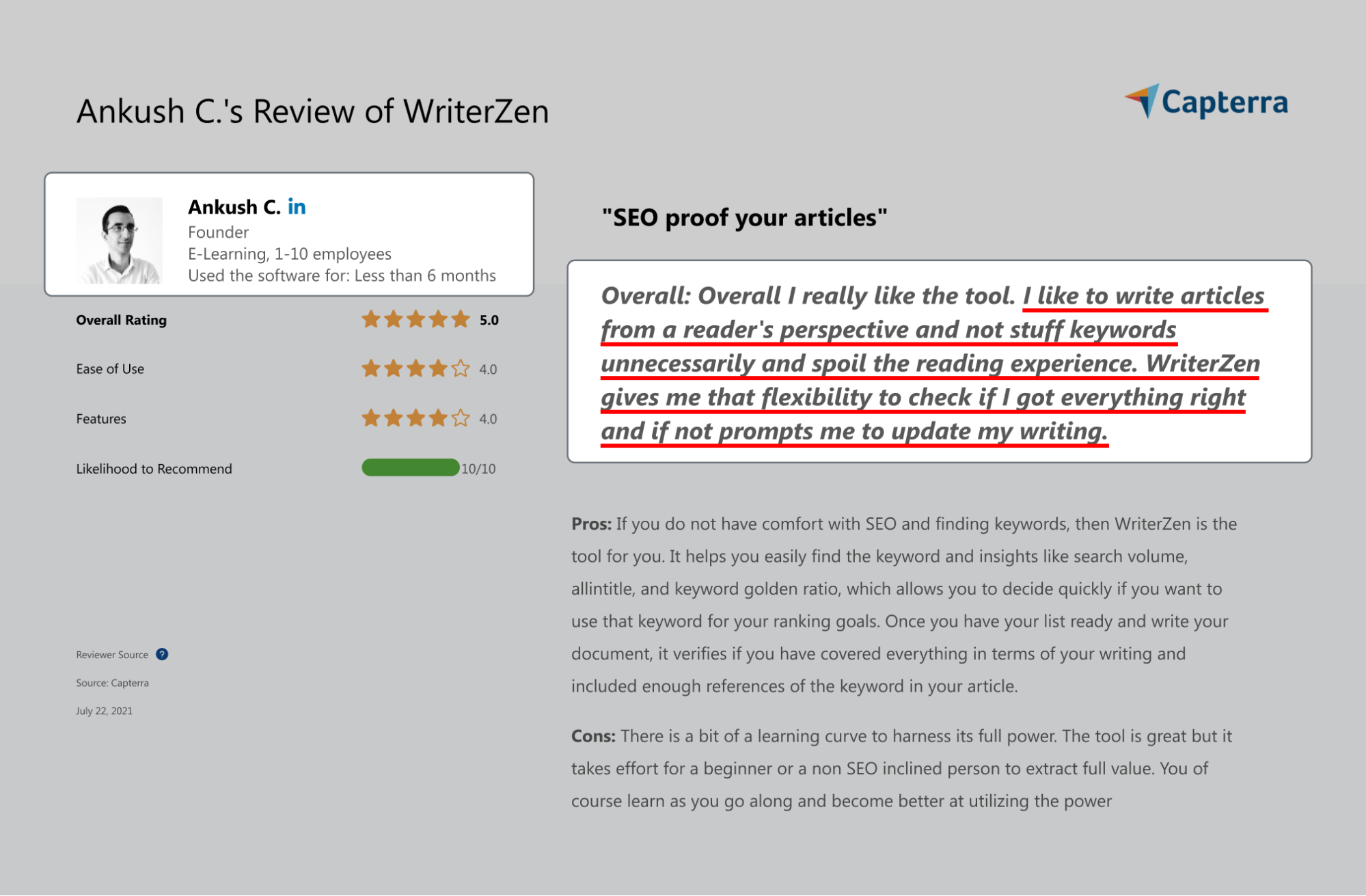
Build Fans with Original Content
Successful content marketing is a long-term game with the goal of building a community of loyal fans.
But you cannot do this by creating copycat or lackluster content. Original, human, and engaging content wins and attracts devoted readers/customers.
You can do this effectively by concentrating on content creation and outsourcing the keyword research and optimization to WriterZen. It would be the smartest way to utilize your SEO content marketing strategy.


